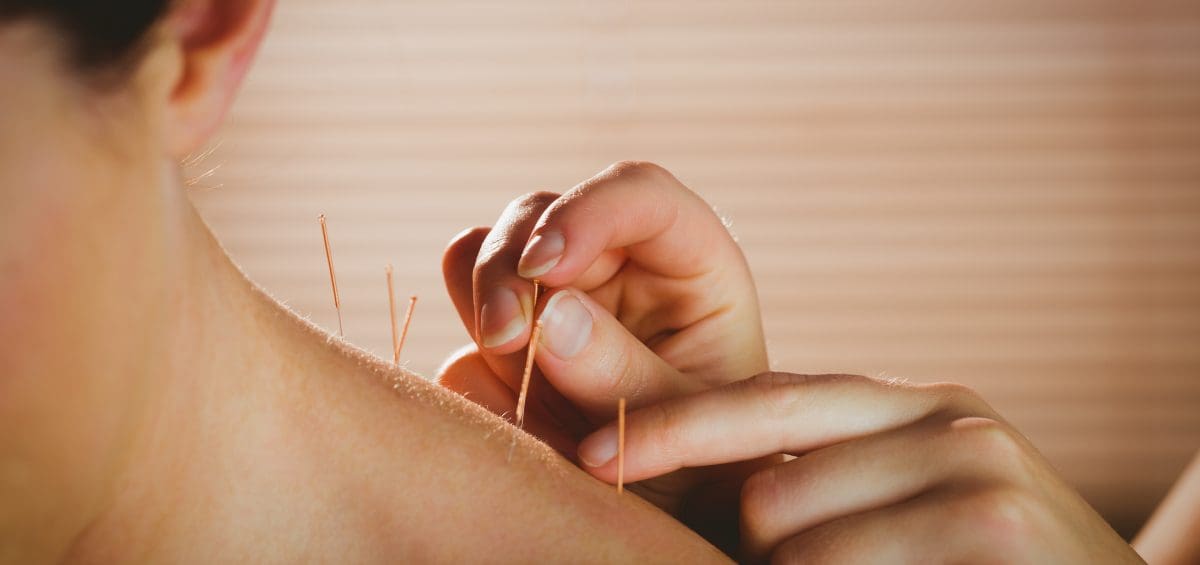While acupuncture therapy has long since been a cornerstone of Chinese medicine practices, for most of the West it still remains a somewhat mystifying form of pain relief.
That being said, alternative medicine in general is becoming more accepted within the medical community, as findings from controlled clinical trials continue to support it’s evidence based therapeutic effects. The World Health Organization for example, now endorses treating 31 different conditions with acupuncture and many insurance policies provide coverage for acupuncture and other treatments deemed as alternative care.
The appeal of acupuncture can be found in its natural ability to enable the body’s healing properties in a drug free and minimally invasive way. Acupuncture has been proven to be an effective option when relieving chronic pain, headaches and migraines, arthritis, back pain, and has even been used to treat digestive conditions as well as respiratory issues. Additionally, it works to improve blood flow, alleviate stress and anxiety, and improve sleep.
But How Does Acupuncture Work?
While western science is still working to formulate an answer that better communicates the yin and yang of Chinese medical theory and how our bodies achieve a balanced energy, there are a multitude of recent studies that can offer further explanation.
One theory dubbed the Gate Control Theory suggests that the needles used in acupuncture therapy act to stimulate our body’s larger nerve fibers in a way that quiets the smaller nerve fibers used to initially signal pain. These nerve fibers tend to align with the locations that the needles are placed in, otherwise referred to as acupoints.
Endorphins offer another possible reasoning behind the therapeutic effects of acupuncture treatment in that the chemicals in our body that offer pleasant stimuli have been shown to exist during the therapy.
Additionally, an article from The Atlantic illustrates a theory known as The Nerve Reflex Theory that suggests, “that the body’s periphery (the skin) is connected to the internal organs through a reflex called the viscero-cutaneous reflex.” This could better explain how acupuncture works to treat digestive issues.
While the West continues to work to catch up to the “how” of acupuncture, we do know that it works best as a comprehensive approach coexisting with modern medicine as well as other Chinese techniques such as massage, cupping, and herbal therapies by stimulating the body’s various systems.
Traditional Chinese Medicine philosophizes that the body’s energy (called “qi” and pronounced “chee”) keeps our bodies yin and yang forces balanced in order to maintain our health. When this energy flow becomes blocked, we may feel pain or loss of function. Acupuncture therapy works to release this blocked energy and thus effectively balance our body harmoniously.
If you’re looking to consider acupuncture as your next treatment strategy, you can find more information on what to expect during your initial visit on our website. At River City Wellness, the techniques of Chinese and Japanese acupuncture are practiced with a focus on the latter. The needles tend to be a bit smaller and the insertion less noticeable. To schedule an appointment, simply visit us online or contact us at (502) 822-0626.

